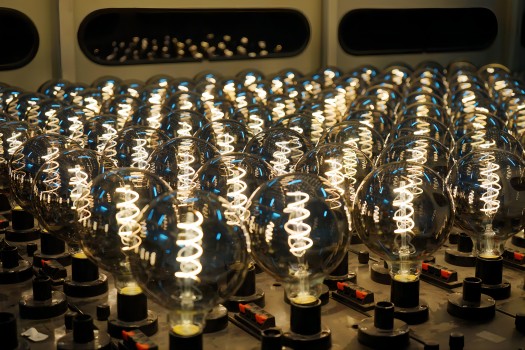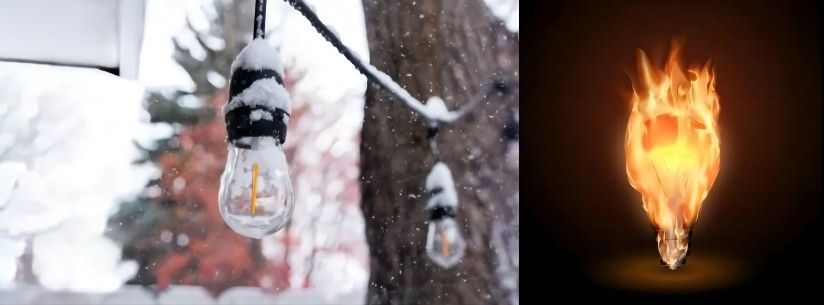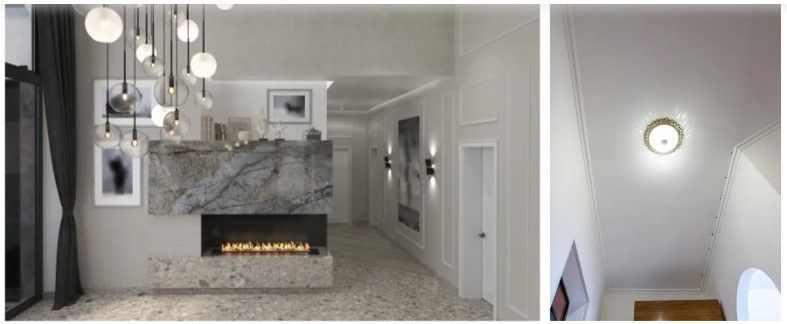As we all know, the lifespan of led bulbs is very long. Many factories claim that their LED bulbs lifespan can reach ten years or even fifteen or twenty years. So can a light bulb really last that long? Or how is the data of ten or twenty years measured, and how can consumers believe that the light bulb can really last that long time? Is there something we can do to increase the life of the bulb? Let’s find out the answer of the questions.
How to calculate LED Bulbs lifespan
Measuring the life of a light bulb is actually not that difficult. Let’s assume that we use 6 hours of light a day, then the bulb will be on for 365*6=2190 hours a year, and if the expected life of a bulb is 25,000 hours, then it can be used for 11 years.
So how is the life expectancy of a light bulb known? In fact, the life expectancy of the bulb is a theoretical value. When we test the value, we will put the bulb on a special instrument to light it up and then watch the attenuation of the light regularly. Put a hundred energy-saving lamps on the experimental equipment. When the 50 lamps are doesn’t work, the measured value is theoretical lifespan. And the instrument used to test the light bulb is also a kind of aging equipment. It does not have to be bright for as long as the expected life. Since the life of the energy-saving lamp is relatively long, the life of the lamp is generally determined by accelerating the life test. The specific method is to provide more harsh conditions than the usual working conditions of energy-saving lamps, but pay attention to the upper limit of harsh conditions that cannot cause failure modes other than normal operation. Through a certain calculation formula, the working life under harsh conditions is converted into the normal working life got its lifespan.
Measures to extend lamp life
The life of LED bulbs is also closely related to our usage habits and usage scenarios. We usually pay more attention to some details during use and can easily extend the life of the bulb.
LEDs are heat sensitive. Exposure to intense heat or cold can dramatically reduce the lifespan. Indeed, ambient conditions such as the humidity in the air (which should be below 80%) or the environmental temperature (which should be between -20°C and 30°) play a key role not only in the lifespan of the product but its warranty coverage too.
Use the same lighting technology within the same fixture. It is already widely known that incandescent and halogen light bulbs generate a massive amount of heat while producing light. For this reason, LEDs should not be used close to these light sources or within the same enclosed fixture. In this case, it’s better to stick to the same lighting technology or switch everything to LED.
Turn off the lights when they’re not needed. Leaving lights on, when they’re not needed, will result in higher energy costs and a shorter lifespan. Using a sensor to switch your lights on and off is an easy way to do this automatically.
Check your power source. The use of non-compatible wattages or voltage ratings will damage circuits sooner. If, for example, your fixture generates 50 watts and you install a light bulb of 12W, it will overload the bulb and damage it.
Make sure the LED bulbs suit your needs. Depending on the application, you might want to use a specific light bulb. Some LEDs are designed to withstand frequent switching cycles (lighting for homes, halls or corridors), while others are designed for more prolonged use (lighting for businesses).
Post time: Feb-21-2023





